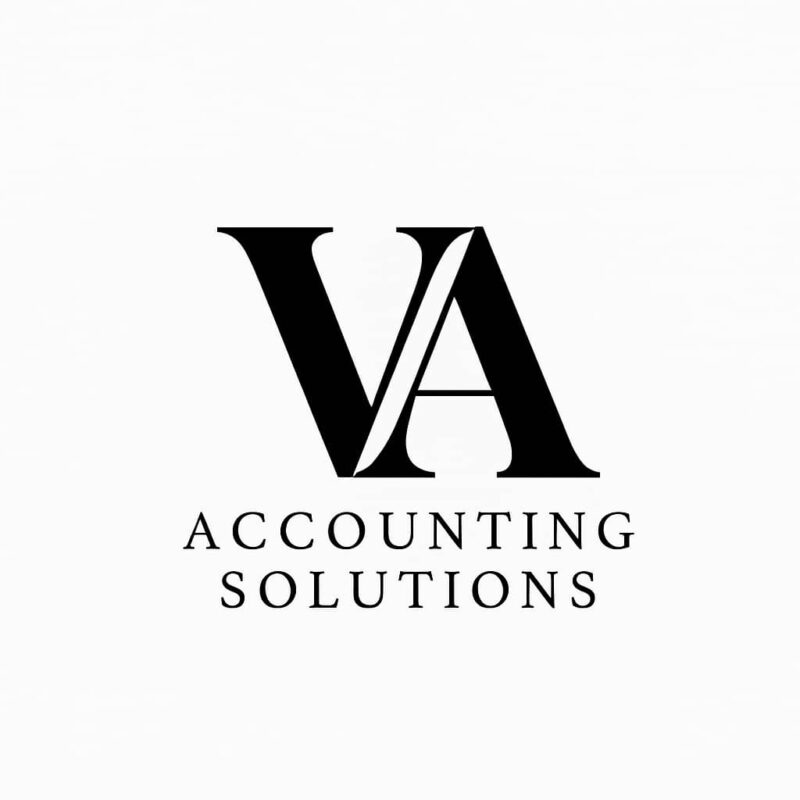Why National Insurance Matters (and Why It’s So Confusing)
Self employed National Insurance Contributions (NICs) can often feel like just another tax to pay. However, their purpose is distinct: NICs build your entitlement to crucial state benefits, most importantly the State Pension, but also Maternity Allowance and Employment and Support Allowance.
Recent government announcements about “abolishing” Class 2 NICs have created significant confusion among sole traders and freelancers. The reality is more nuanced than the headlines suggest. While mandatory payments have been removed for most, the system itself remains, and understanding it is vital for protecting your future financial security.
This guide provides a clear, up-to-date explanation of the two classes of National Insurance for the self-employed—Class 2 and Class 4. We will break down exactly what has changed from April 2024, who needs to pay, how contributions are calculated, and why you might still need to make voluntary payments.

The Big Change in 2024: What Happened to Class 2 NICs?
From 6 April 2024, the rules for Class 2 National Insurance changed significantly. Previously, it was a mandatory flat weekly payment for most self-employed individuals with profits over a certain threshold. The new system is a three-tiered structure based on your annual profits.
If Your Profits are Over the Lower Profits Limit (£12,570 for 2024/25)
This group sees the biggest change. You are no longer required to pay Class 2 NICs. Instead, your contributions are automatically ‘treated as having been paid’ by HMRC. This means you get a full qualifying year on your National Insurance record for State Pension and other benefits without having to pay the contribution. This change represents a tax cut for higher-earning sole traders.
If Your Profits are Between the Small Profits Threshold (£6,725) and Lower Profits Limit (£12,570) for 2024/25
For this group, the situation remains as it was before the changes. You do not pay Class 2 NICs, but you are given a National Insurance credit. This credit also counts as a qualifying year, protecting your entitlement to state benefits.
If Your Profits are Below the Small Profits Threshold (£6,725) for 2024/25
If your profits are below this level, you do not have to pay Class 2 NICs, and you do not receive an automatic credit. This is a critical point: without taking action, you will have a gap in your National Insurance record for that year. To avoid this, you can choose to make voluntary Class 2 contributions.
Voluntary Class 2 Contributions: Why Low Earners Should Pay Attention
For those with profits under £6,725, making voluntary Class 2 payments is one of the most cost-effective financial planning decisions you can make.
What Benefits Do Class 2 Contributions Cover?
A full National Insurance record is essential for qualifying for the full amount of certain state benefits, including:
- The State Pension
- Maternity Allowance
- Contribution-based Employment and Support Allowance
- Bereavement Support Payment.
Having gaps in your record can lead to a reduced State Pension in retirement.
Why Would You Pay Voluntarily?
Paying voluntarily fills the gap in your record for a very low cost. The voluntary Class 2 rate for the 2024/25 tax year is £3.45 per week. Paying this amount for a full year ensures you get a ‘qualifying year’ towards your State Pension, which is worth significantly more in the long run. It is a small investment for a substantial future return.
How to Make Voluntary Contributions
For those who need to file a Self Assessment tax return (for example, if you have other income to declare), there is a box on the form that you can tick to confirm you want to pay Class 2 NICs voluntarily. The amount will then be added to your final tax bill.
If you don’t need to file a tax return, you can contact HMRC to set up a payment plan for your voluntary contributions.
Class 4 National Insurance: The Profit-Based Contribution
While Class 2 is about qualifying for benefits, Class 4 is a mandatory contribution calculated as a percentage of your annual profits.
Who Pays Class 4 NICs?
You must pay Class 4 NICs if you are self-employed and your annual profits are above the Lower Profits Limit, which is £12,570 for the 2024/25 tax year.
How are Class 4 NICs Calculated?
Class 4 NICs are charged at different rates depending on your profit level. The main rate was also reduced from April 2024.
| Profit Range (2024/25) | Class 4 NI Rate |
| Up to £12,570 | 0% |
| £12,570 to £50,270 | 6% |
| Over £50,270 | 2% |
Source:(https://www.gov.uk/self-employed-national-insurance-rates)
To see how this works, consider a sole trader with annual profits of £40,000:
- The first £12,570 is not subject to Class 4 NICs.
- The remaining profit is £40,000 – £12,570 = £27,430.
- The Class 4 NICs due are calculated on this amount: £27,430 \times 6\% = £1,645.80.
How and When Do You Pay Self-Employed National Insurance?
Both Class 4 NICs and any voluntary Class 2 NICs are calculated and collected through the annual Self Assessment system.
Your Class 4 NIC liability is included when HMRC calculates your Payments on Account, meaning you pay it in two instalments on 31 January and 31 July. Any voluntary Class 2 contributions are typically paid in full with your final ‘balancing payment’ on 31 January.

Conclusion: Your NI Contributions are an Investment in Your Future
The 2024 changes have simplified National Insurance for many self-employed people, but they have also created a potential pitfall for those with low profits. The key takeaways are:
- For profits over £6,725: Your NI record is now protected automatically without you needing to pay Class 2 NICs.
- For profits under £6,725: You must actively choose to make voluntary Class 2 payments to avoid gaps in your record.
- Class 4 NICs remain the primary profit-based contribution for those earning over £12,570.
Regularly check your National Insurance record online to ensure there are no gaps, and view your contributions not as a tax, but as a crucial investment in your financial security.
FAQs: Self-Employed National Insurance Explained: Class 2 & 4 NICs After the 2024 Changes
1. What are Class 2 and Class 4 National Insurance Contributions (NICs)?
- Class 2 NICs are flat weekly payments made by self-employed people to qualify for certain state benefits like the State Pension.
- Class 4 NICs are income-based contributions, paid as a percentage of annual profits above a set threshold.
2. What changed for Class 2 NICs in April 2024?
- Class 2 NICs were effectively abolished for most self-employed individuals.
- If your profits are above £6,725, you no longer need to pay Class 2 NICs, but you’ll still get access to benefits like the State Pension.
- If your profits are below £6,725, you can choose to voluntarily pay Class 2 to maintain your National Insurance record.
3. Are Class 4 NICs still required?
Yes. In April 2024:
- The main Class 4 NIC rate was reduced from 9% to 8% on profits between £12,570 and £50,270.
- Profits above £50,270 still attract a 2% rate
4. Do I still need to register for self-employment with HMRC?
Yes. Even though Class 2 NICs have changed, you must still register as self-employed with HMRC to file your Self Assessment tax returns and pay income tax and Class 4 NICs.
5. What if my self-employed profits are very low?
- If your profits are under £6,725, you won’t automatically build National Insurance credits.
- But you can voluntarily pay Class 2 NICs (around £3.45/week in 2024–25) to keep your State Pension and benefit entitlements on track.
6. Do Class 2 NICs still appear on my Self Assessment tax return?
- Yes, but HMRC will calculate them automatically based on your profits and the new rules.
- If you’re below the threshold and want to pay voluntarily, you can select that option during your return.
7. Will I lose out on State Pension or benefits under the new rules?
- No, not if your profits are above £6,725.
- You’ll still get National Insurance credits even though you’re no longer required to pay Class 2.
- If under that threshold, paying voluntarily protects your future entitlements.
8. How do these changes affect side hustlers or part-time self-employed people?
- Many with small side businesses may no longer have to pay Class 2 NICs.
- But they should consider voluntary payments if they want to protect their National Insurance record.
9. Do I still need to keep records and file a tax return?
Yes. All self-employed individuals must:
- Keep detailed records of income and expenses.
- File a Self Assessment tax return each year.
10. Where can I get help with NICs or my Self Assessment?
- Visit the HMRC website.
- Or speak to a qualified accountant if you’re unsure how the changes affect you.
